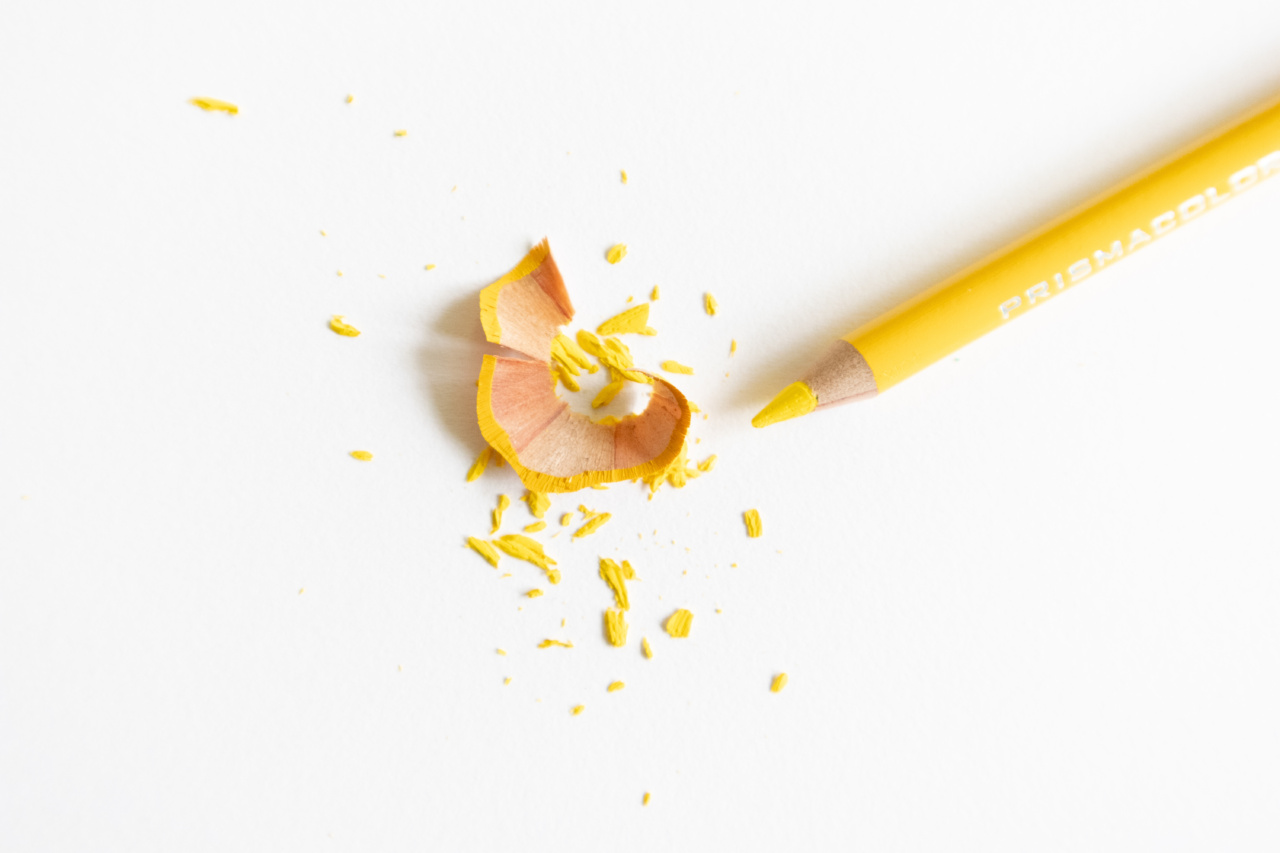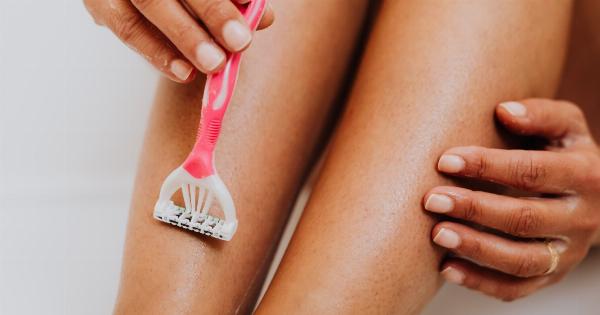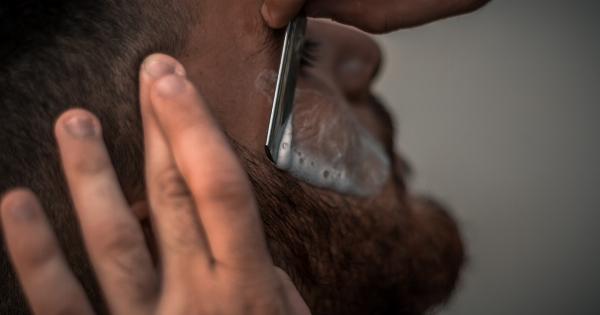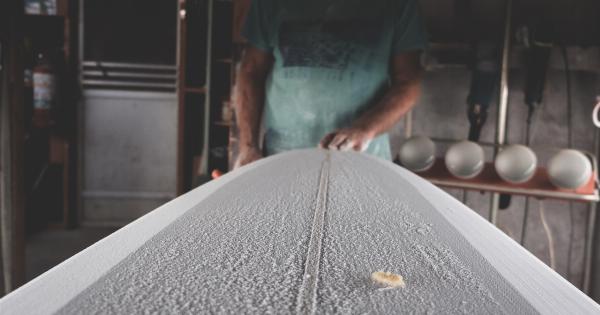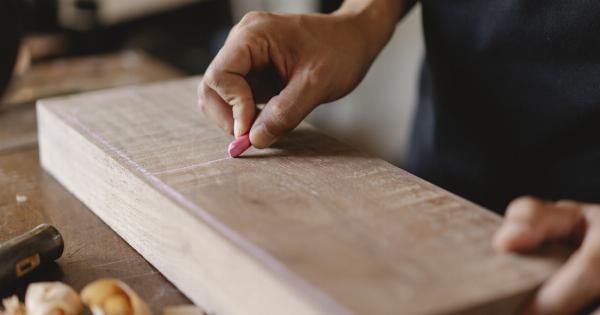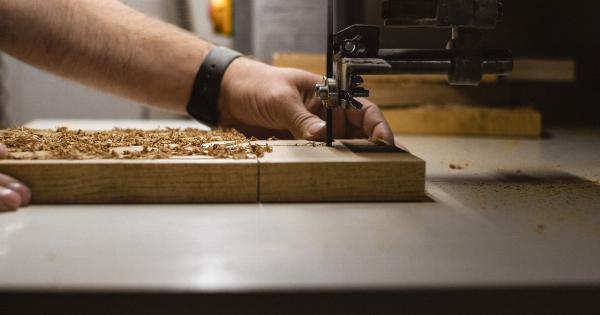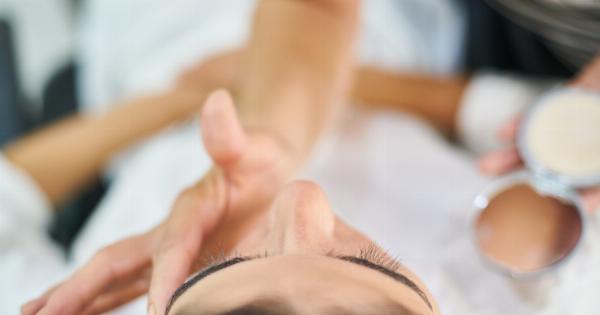When it comes to personal grooming, shaving is an essential skill that every person should master. Being able to achieve a clean and smooth shave not only improves your appearance but also boosts your confidence.
However, shaving is often seen as a mundane and repetitive task. Many people overlook the importance of mastering this art and settle for mediocre results. In this article, we will explore the art of shaving and provide you with valuable tips and techniques to help you achieve a perfect shave every time.
Understanding Your Facial Hair
Before delving into the techniques and tools of shaving, it is crucial to understand your facial hair. Everyone’s hair growth pattern is unique, and this impacts how you should approach your shaving routine.
Take the time to observe the direction of your hair growth and areas where your hair may be more coarse or sensitive. Understanding these factors will allow you to tailor your technique to your specific needs.
Pre-Shave Preparation
Preparation is key to ensuring a comfortable and effective shaving experience. Here are some essential steps to follow before you start shaving:.
- Cleanse your face: Use a gentle facial cleanser or pre-shave soap to remove any excess oil, dirt, or dead skin cells from your face.
- Hydrate your skin: Apply a warm towel or take a hot shower to soften your facial hair and open up your pores. This will make the shaving process smoother and reduce the risk of irritation.
- Exfoliate (optional): If you have dry or flaky skin, exfoliating before shaving can help remove dead skin cells and prevent ingrown hairs.
- Apply a pre-shave oil or gel: Pre-shave oils or gels create a protective barrier between your skin and the razor, allowing for a smoother glide and minimized irritation.
Selecting the Right Shaving Tools
Investing in high-quality shaving tools will greatly enhance your shaving experience and results. Here are the essential tools you’ll need:.
- Shaving Brush: A shaving brush helps create a rich lather and lifts the hairs away from the skin, resulting in a closer and more comfortable shave.
- Safety Razor or Straight Razor: Choose a razor that suits your comfort level and experience. Safety razors are beginner-friendly and provide an excellent shave, while straight razors require more skill but offer unparalleled precision.
- Shaving Cream or Soap: Opt for a quality shaving cream or soap that provides ample lubrication and moisturization for your skin.
- Aftershave: After shaving, apply an aftershave lotion or balm to soothe the skin and prevent irritation.
Mastering Shaving Techniques
Now that you are well-prepared with the right tools, it’s time to dive into the techniques that will help you master the art of shaving:.
1. Mapping the Grain
Before you begin shaving, it is vital to identify the direction of your hair growth. Using your fingers or a shaving brush, feel the grain of your facial hair in different areas. This will help you to determine the optimal shaving direction.
2. Applying Shaving Cream
Using a shaving brush, apply your chosen shaving cream or soap in a circular motion to create a thick and even lather. Make sure to cover all areas you intend to shave.
3. Shaving with the Grain
Start shaving with the grain using light and gentle strokes. This minimizes the risk of irritation and razor burn. Rinse the razor frequently to prevent buildup and ensure a clean cut.
4. Reapplying Shaving Cream
If you need to do a second pass, reapply shaving cream to provide additional lubrication and protect your skin.
5. Shaving Across the Grain (Optional)
For an even closer shave, you can shave across the grain in the opposite direction of hair growth. Be cautious and use shorter strokes to minimize the risk of irritation.
6. Rinse and Assess
After shaving, rinse your face thoroughly with cold water to close the pores and remove any residual shaving cream. Assess your shave, ensuring that you have achieved the desired level of smoothness.
Post-Shave Care
To complete your shaving routine, it is essential to take proper care of your skin post-shave. Follow these steps to promote skin health and prevent irritation:.
- Apply an aftershave lotion or balm: Aftershave helps soothe the skin, reduce redness, and prevent ingrown hairs.
- Moisturize: Finish off with a gentle moisturizer to hydrate and nourish your skin.
- Clean and store your shaving tools: Rinse your razor thoroughly, remove any residual hair or shaving cream, and allow it to dry completely before storing it in a clean and safe place.
Conclusion
Mastering the art of shaving takes time and practice, but the results are well worth the effort.
By understanding your facial hair, preparing properly, selecting the right tools, and following proper techniques, you can achieve a clean and comfortable shave every time. Remember to prioritize skin health and invest in quality products to ensure an enjoyable shaving experience.
So, why settle for a mediocre shave when you can elevate it to an art form? Start implementing these tips and techniques and take your shaving routine to the next level.
